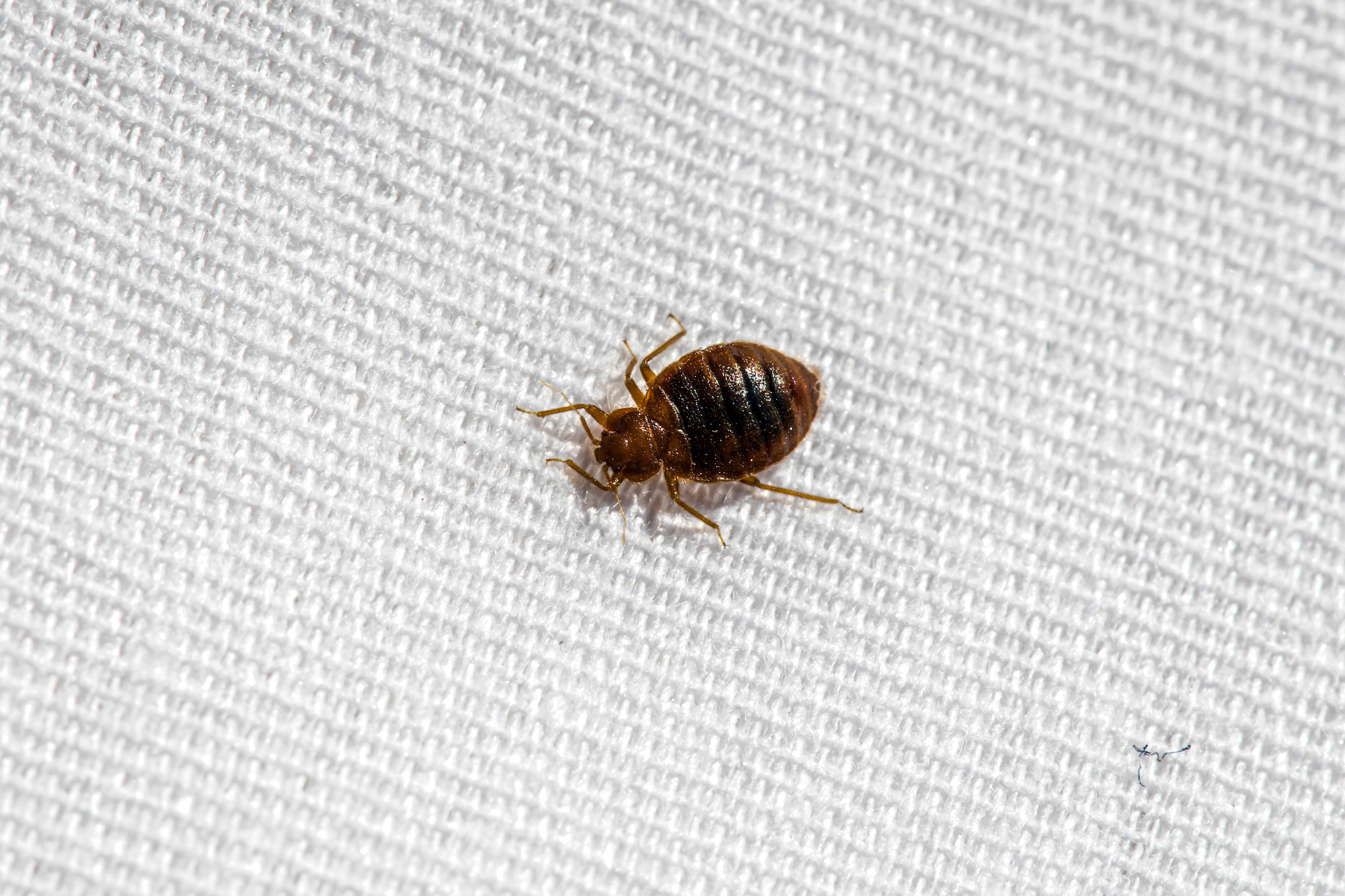The Science of Parasite Control: Comprehending the Biology of Common Family Vermin
In the world of bug control, an extensive understanding of the organic intricacies of common family insects serves as the foundation of effective monitoring techniques. Join us as we unravel the scientific underpinnings of pest control and check out the remarkable globe that exists within our homes.
Importance of Bug Biology
The understanding of bug biology is critical for efficient pest control strategies in household settings. By diving into the biology of usual house parasites, individuals can acquire beneficial insights right into their behavior, life process, and habitats. This knowledge is important for establishing targeted and lasting bug monitoring comes close to that minimize the usage of damaging chemicals and reduce ecological influence.
Pest biology includes various elements that influence bug infestations, consisting of reproductive prices, favored food sources, and survival mechanisms. For example, comprehending the reproducing patterns of insects such as cockroaches or mosquitoes can aid house owners apply safety nets to interrupt their life process and lower populations. Understanding the foraging habits of ants or rodents can aid in locating and eliminating their gain access to factors to food sources within a house.
Life Process of Typical Pests
Comprehending the life process of common pests is essential for implementing efficient parasite control actions in household settings. The life cycle of an insect describes the stages it experiences from birth to adulthood and includes egg, larva, pupa, and grown-up phases. Recognizing these phases assists in determining the most weak spots in the parasite's life process for targeted control methods.
For example, usual household bugs like cockroaches have an insufficient metamorphosis, progressing from egg to nymph to grownup. Understanding this cycle can assist in targeting egg-laying sites, interfering with reproduction, and avoiding the emergence of brand-new adults. On the other hand, pests like insects undertake a full transformation with egg, larva, pupa, and adult phases. By concentrating on removing breeding websites such as standing water, it is feasible to interrupt the life cycle and decrease insect populaces successfully.
Actions Patterns of House Pest
An in-depth evaluation of house insects exposes elaborate actions patterns that play an essential duty in understanding bug control approaches. Household insects exhibit numerous behavior patterns that add to their survival and capacity to prosper in human habitats. Comprehending these patterns is essential for effective bug administration.
One usual habits amongst home bugs is their attraction to food resources. Pests such as ants, roaches, and kitchen bugs are drawn to food residues, crumbs, and spills. By recognizing and getting see rid of these food resources, property owners can interfere with the insects' foraging patterns and lower problems.

Furthermore, numerous household bugs show social habits, residing in colonies or teams. Recognizing the social dynamics of insects like ants or termites is critical for effectively removing whole colonies as opposed to just specific pests. By comprehending the behavior patterns of home insects, bug control professionals can establish targeted and efficient approaches to manage infestations successfully.
Recreation Strategies in Insects
Bugs have advanced numerous techniques to make sure the continuation of their species and the successful colonization of new environments. One usual method is rapid recreation, where parasites have brief gestation durations and produce huge numbers of children (philly pest control philadelphia bed bugs).
Another vital aspect of pest recreation is the development of resistance to control steps. Pests can adjust to chemicals and other removal methods through mechanisms like genetic mutations and behavioral modifications. This capability to advance rapidly positions a considerable obstacle for insect control efforts, requiring constant advancement in administration strategies.

Impact of Biology on Parasite Control
The biological features of pests play an important function in forming the effectiveness of insect control methods. Recognizing the biology of common household insects is necessary for establishing successful bug administration techniques (philly pest control philadelphia bed bugs). Variables such as the life-span of a pest, its reproductive rate, preferred environments, and feeding habits all affect the selection of control steps
For instance, pests with rapid reproductive prices, such as roaches or particular varieties of ants, might need a lot more aggressive and continual control efforts to avoid populace spikes. Pests that have actually established resistance to particular chemicals will require the usage of alternative control methods to efficiently manage invasions.
Furthermore, the biology of insects additionally affects the timing and frequency of control applications. Some pests are much more active throughout particular times of the year or under certain environmental problems, requiring targeted interventions throughout these periods to accomplish optimal results.
Conclusion
Finally, recognizing the biology of common house pests is important in reliable pest control. By recognizing their life process, actions patterns, and recreation approaches, we can create targeted and reliable methods to handle and eradicate these insects. By taking into consideration the organic elements of insects, we can carry out a lot more sustainable and lasting services that minimize the effect of parasites on our settings and homes.
In the realm of bug control, an extensive understanding of the biological intricacies of usual home bugs serves as the foundation of effective management approaches.The understanding of pest biology is critical for efficient parasite control strategies in residential settings.Recognizing the life cycles of typical insects is necessary for implementing reliable bug control procedures in residential environments.The biological qualities of pests play an essential role in shaping the performance of pest control techniques.In final thought, recognizing the biology of common house bugs is important in reliable insect control.